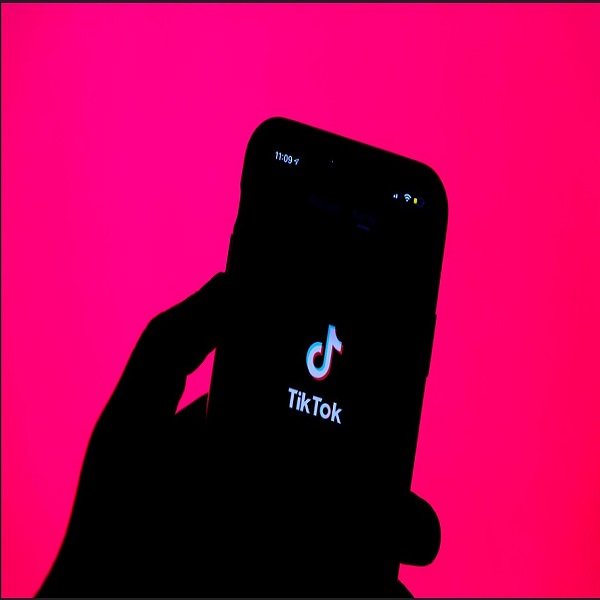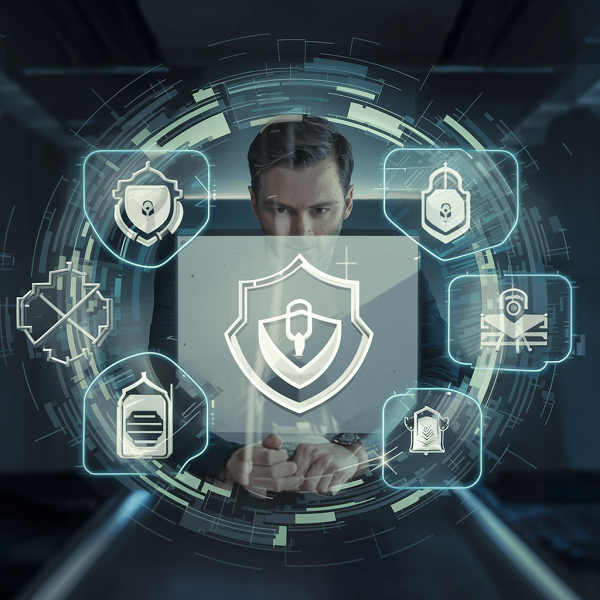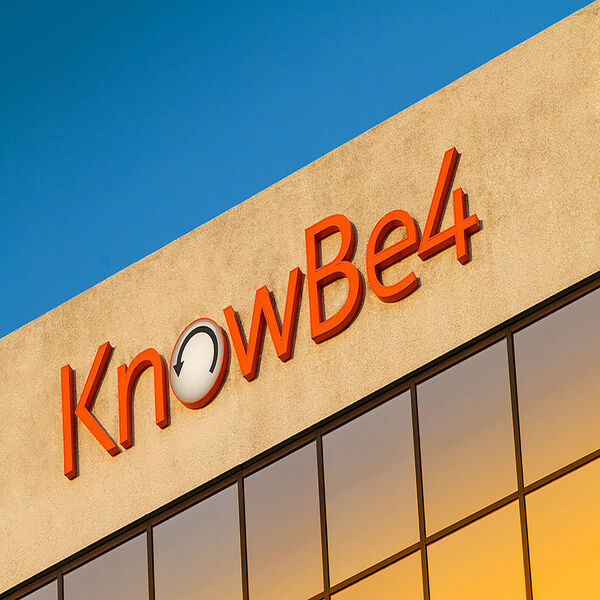Misinformation and uncertainty over the authenticity of content can be of advantage to cyber criminals who carry out Deepfake attacks. With social media platforms being at the forefront of spreading information, strong measures need to be put in place to curb the threat.
Amidst its potential ban in the US, TikTok is not relenting in its effort to combat misinformation, especially those propagated with the use of AI-generated content (AIGC). For over a year, TikTok requires its creators to label AI-generated content made with its TikTok AI-effects.
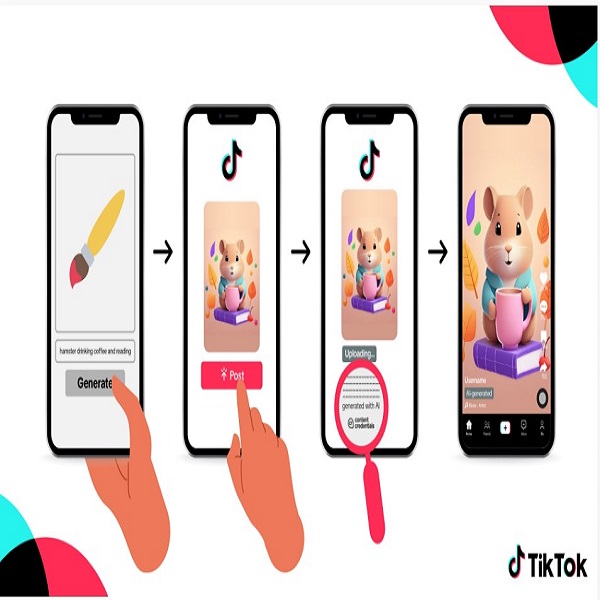
Tiktok has taken a step further to protect its viewers. On the 9th of May 2024, it announced its partnership with Coalition for Content Provenance and Authenticity(C2PA) This is to ensure that AI-generated content from third-party apps or platforms will be tagged with content credentials.
This Content Credential is made up of metadata that gives information on how content was generated and by whom.
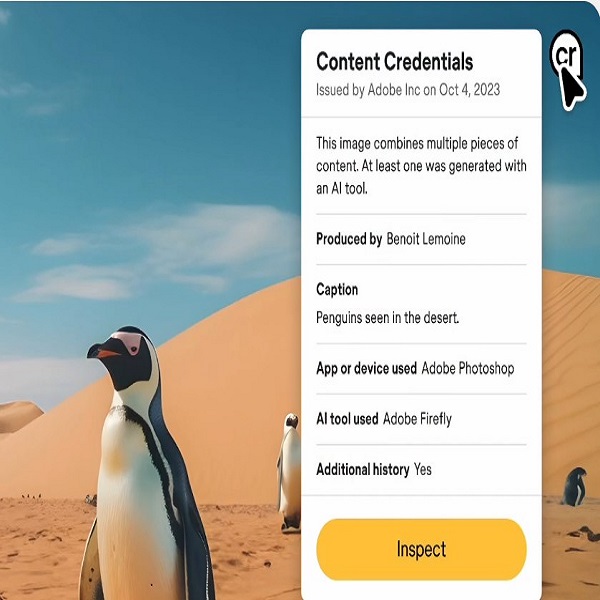
TikTok joins other companies such as Adobe, Microsoft, BBC, Intel, etc as part of a Content Authenticity Initiative. This initiative is a community of diverse industries advocating for the adoption of open industry standards that will be used for content authenticity and provenance.
TikTok will become the first video-sharing platform that will be implementing content credential technology. This technology works by forming and attaching content credentials when a creator builds content.
This credential can then be viewed by anyone when the content is shared. Further verification can be done by the viewer to determine its authenticity.
Although there is still a long way to go, there are several emerging AI-powered tools being used to combat deepfakes and misinformation.
TikTok is taking proactive measures to ensure that its platform prevents misinformation. Also, it promotes transparency around the use of AI. It gives credit to the content creators. Hopefully, other social media platforms could adopt this technology.

